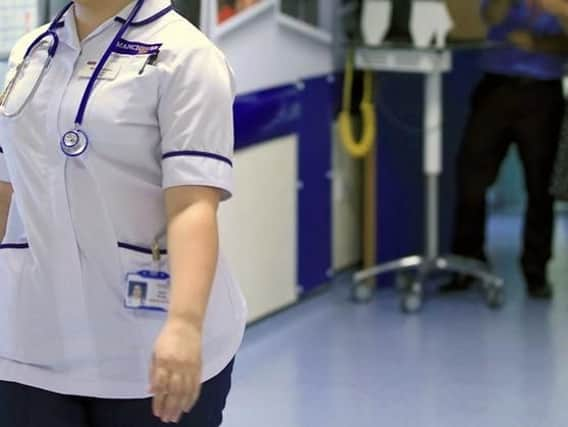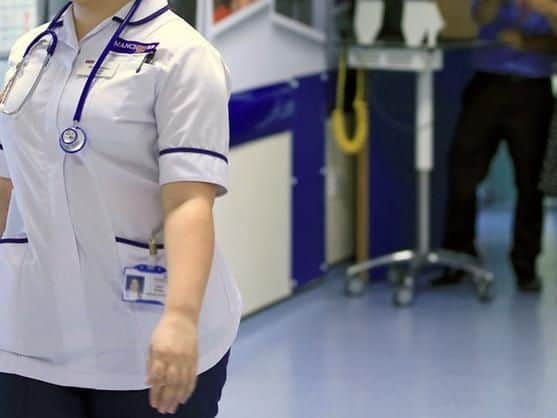Are West Hertfordshire Hospitals coping with winter pressures?


NHS England publishes weekly reports which reveal whether hospital trusts are struggling to manage during the colder months, based on key indicators.
This is how West Hertfordshire Hospitals NHS Trust coped from January 28 to February 3.
Bed Occupancy:


Advertisement
Hide AdAdvertisement
Hide AdGeneral and acute wards at West Hertfordshire Hospitals were 92.3% full on average, well above the safe limit of 85% recommended by health experts.
The occupancy rate has fallen slightly since the previous week, when the trust was 94.5% full.
British Medical Association guidelines state "to ensure safe patient care, occupancy should ideally not exceed 85%". According to NHS Improvement, occupancy rates of 92% and above lead to significantly worse A&E performance.
The BMA also raised concerns about the number of available beds needed to cope with winter demands.
Advertisement
Hide AdAdvertisement
Hide AdOn average, West Hertfordshire Hospitals had 686 available beds each day, of which 633 were in use.
Of those, 24 were escalation beds - temporary beds set up in periods of intense pressure, often in corridors or day care centres.
According to NHS Improvement, a higher proportion of long-stay patients can impact the ability of hospitals to accommodate urgent admissions and manage bed capacity.
At West Hertfordshire Hospitals, 310 patients had been in hospital for a week or more, taking up nearly half of the occupied beds.
Advertisement
Hide AdAdvertisement
Hide AdOf these, 95 patients had been in hospital for at least three weeks, making up 15% of all occupied beds.
Ambulances:
A total of 600 patients were taken by ambulance to A&E during the week. That's a significant drop in emergency arrivals compared to the previous week, when 660 patients were brought by ambulance.
Delays left 90 patients waiting 30 minutes or more before they could be transferred - more than 10% of all ambulance arrivals.
Of those, 22 unlucky individuals waited longer than an hour.
Advertisement
Hide AdAdvertisement
Hide AdNHS Improvement guidance states that ambulance crews should hand patients over to A&E staff within 15 minutes of arrival.
Any delay in transferring patients leaves ambulances unable to respond to other emergencies, as well as risking their patients' safety.
Delays affected considerably fewer patients than the previous week, when 165 patients waited more than 30 minutes to be transferred.
Norovirus:
Norovirus, the winter vomiting bug, is highly contagious. Outbreaks spread rapidly through hospitals, causing staff to close beds to prevent infection spreading.
But at West Hertfordshire Hospitals, no beds were closed due to norovirus outbreaks - both during the most recent week and over the previous one.